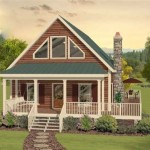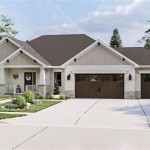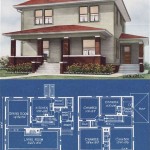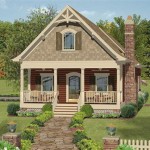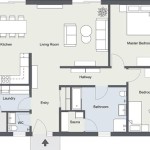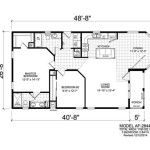Plans To Build A Bat House
Bats are an essential part of any ecosystem, as they help control insect populations and pollinate plants. However, bat populations worldwide are declining due to habitat loss and other threats. One way to help bats is to build them a bat house, which can provide them with a safe place to roost and raise their young. If you're considering building a bat house, then there are some things you need to know.
Location: The best location for a bat house is sunny, south-facing location with minimal wind and tree cover. Ensure the house is at least 10 feet off the ground and away from areas where people and pets are frequently active.
Size: The size of the bat house will depend on the number of bats you want to attract. A small house can accommodate up to 25 bats, while a large house can accommodate up to 100 bats. If you're not sure how many bats you want to attract, you can start with a small house and upgrade later if needed.
Materials: The best materials to use for a bat house are cedar, redwood, or cypress. These woods are naturally resistant to rot and decay, and they provide good insulation. You can also use treated pine, but you will need to seal it with a non-toxic sealant to protect it from the elements. If you want to build a bat house that is both functional and aesthetically pleasing, you can add a decorative trim or stain it to match your home's exterior. However, avoid using paint, as this can be harmful to bats.
Construction: Bat houses are relatively simple to build. You can find many free plans online, or you can purchase a pre-built bat house from a wildlife supply company. If you're building your own bat house, be sure to follow the instructions carefully. The most important thing is to ensure that the house is weatherproof and has good ventilation. Once you have built your bat house, you need to install it in a suitable location. Be sure to follow the instructions that came with the house, or you can find installation instructions online. Once the house is installed, you can sit back and wait for the bats to move in. It can take a few months or even years for bats to find a new home, so do not be discouraged if you do not see any bats right away. Continue to monitor the house, and eventually, you will be rewarded with the sight of bats roosting and raising their young.
Here are some additional tips for building a bat house:
- Use rough-cut lumber for the exterior of the house. This will provide bats with a good grip when they are landing and taking off.
- Create a small entrance hole at the bottom of the house. The hole should be about 3/4 inch wide and 2 inches high.
- Divide the inside of the house into several compartments. This will give bats a place to roost and raise their young.
- Paint the inside of the house black or dark brown. This will help absorb heat and make the house more comfortable for bats.
- Install the house in a location that is protected from the wind and rain.
- Monitor the house regularly for signs of bats. If you see bats roosting or raising their young in the house, you know that you have provided them with a valuable home.

Bat House Plans Bird

Bat Houses Mass Gov

Bathouse

Scout Goes To Bats For Weld S West Nile Fight Build A Bat House Plans

How To Build A Bat Box The Wildlife Trusts

Bat Houses

Bat House Complete Detailed Diy Plans Only

Build Your Own Bat House

D I Y Coveside Bat House Wildbirdplace Com
Bat House Plan

